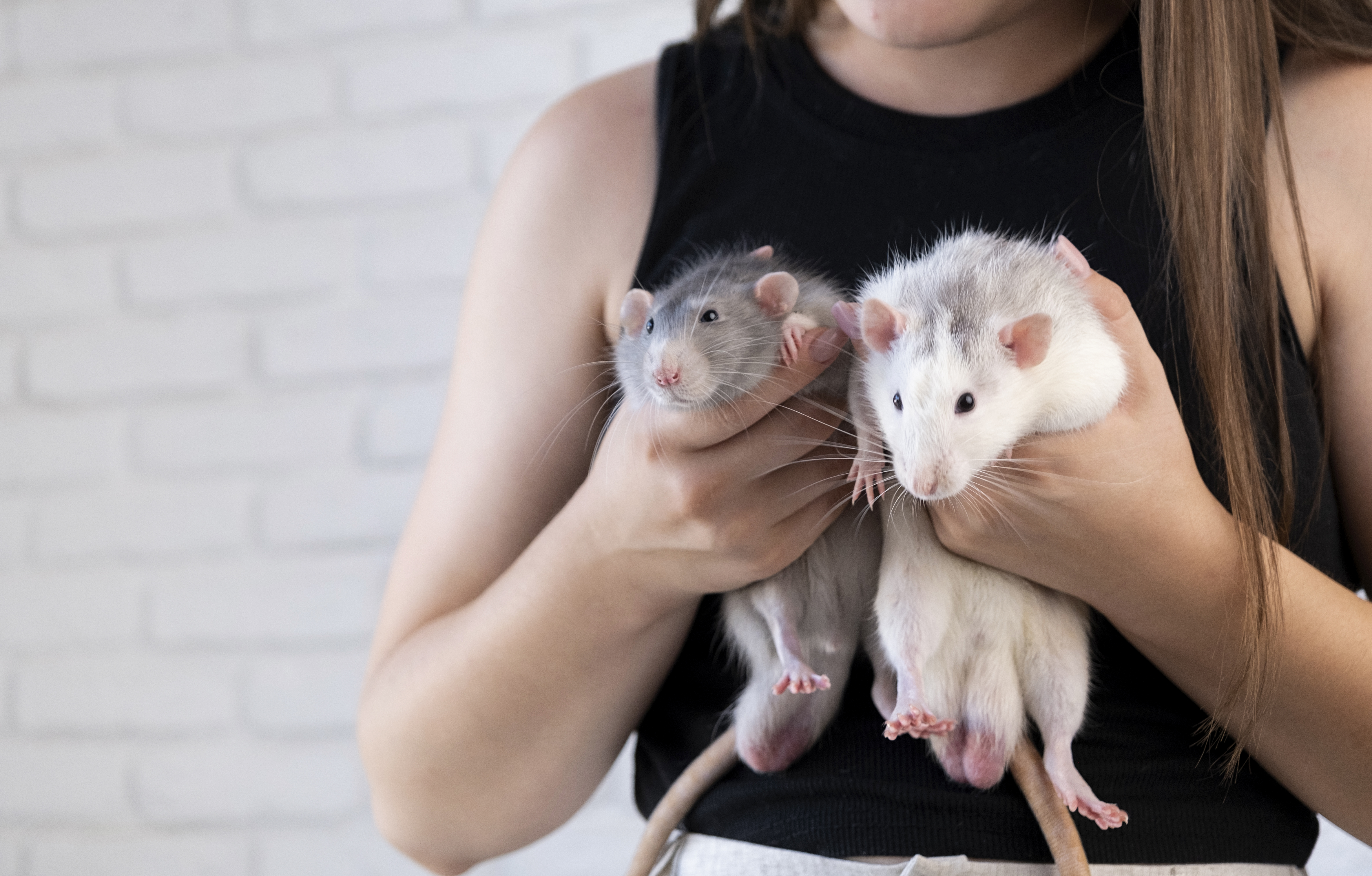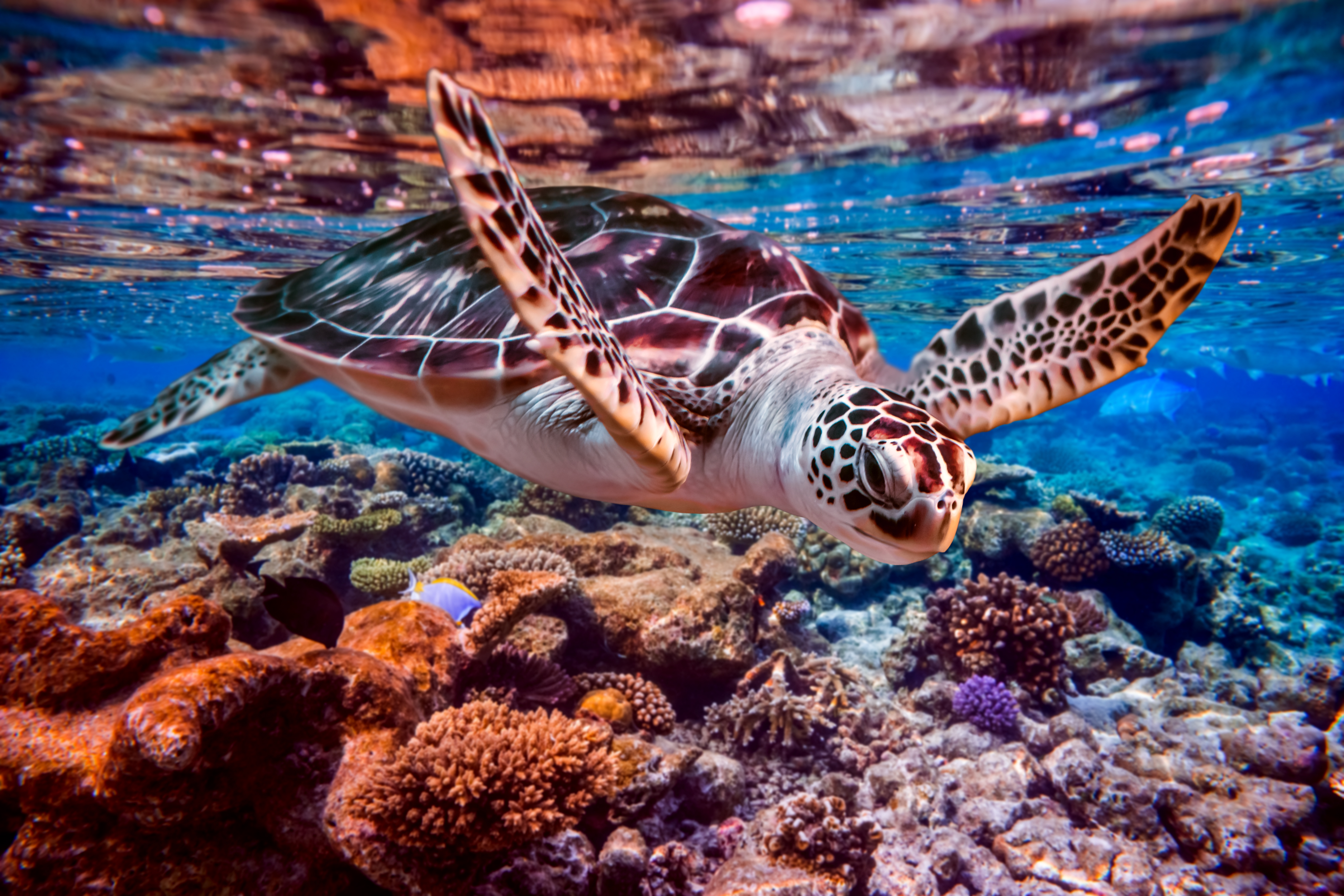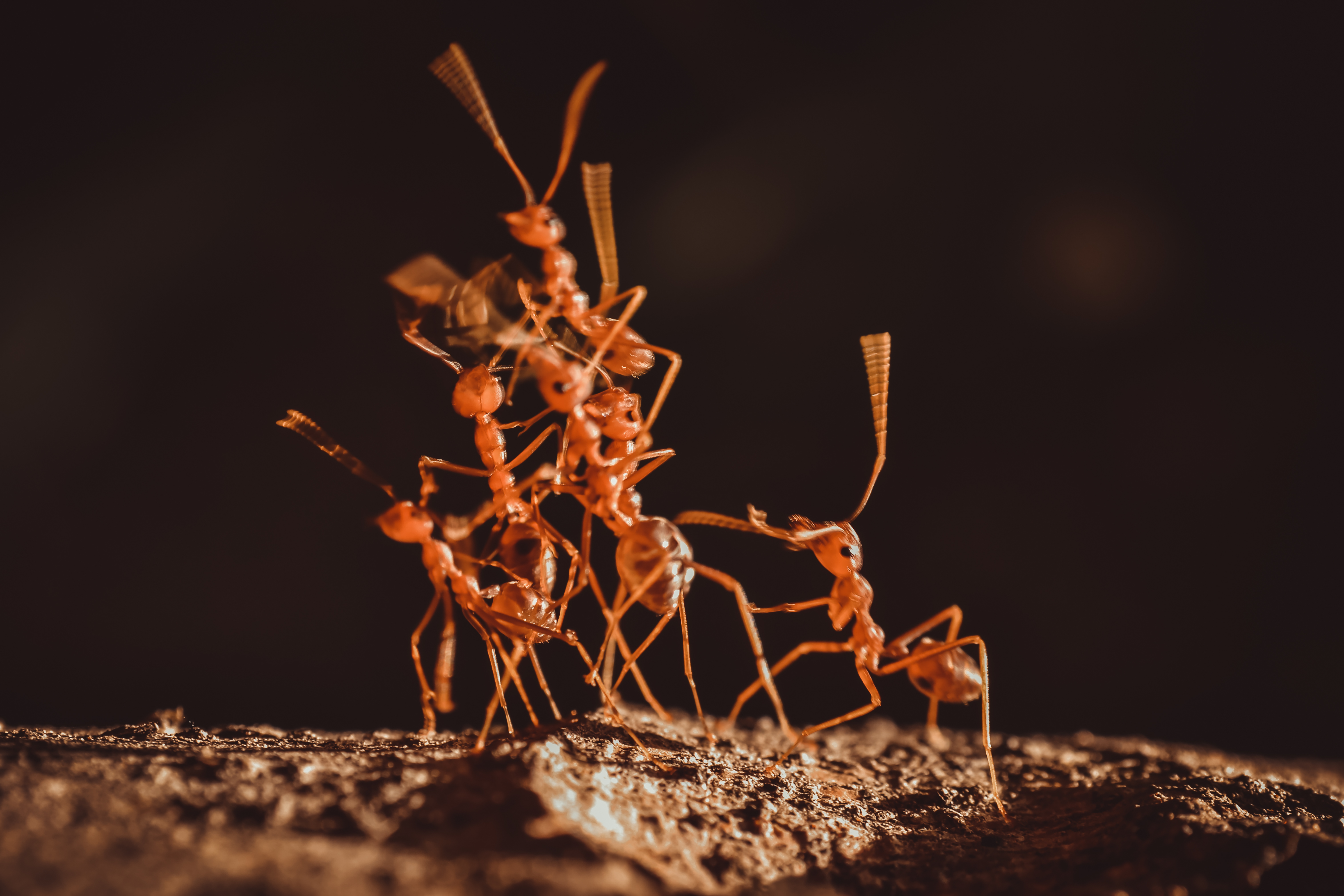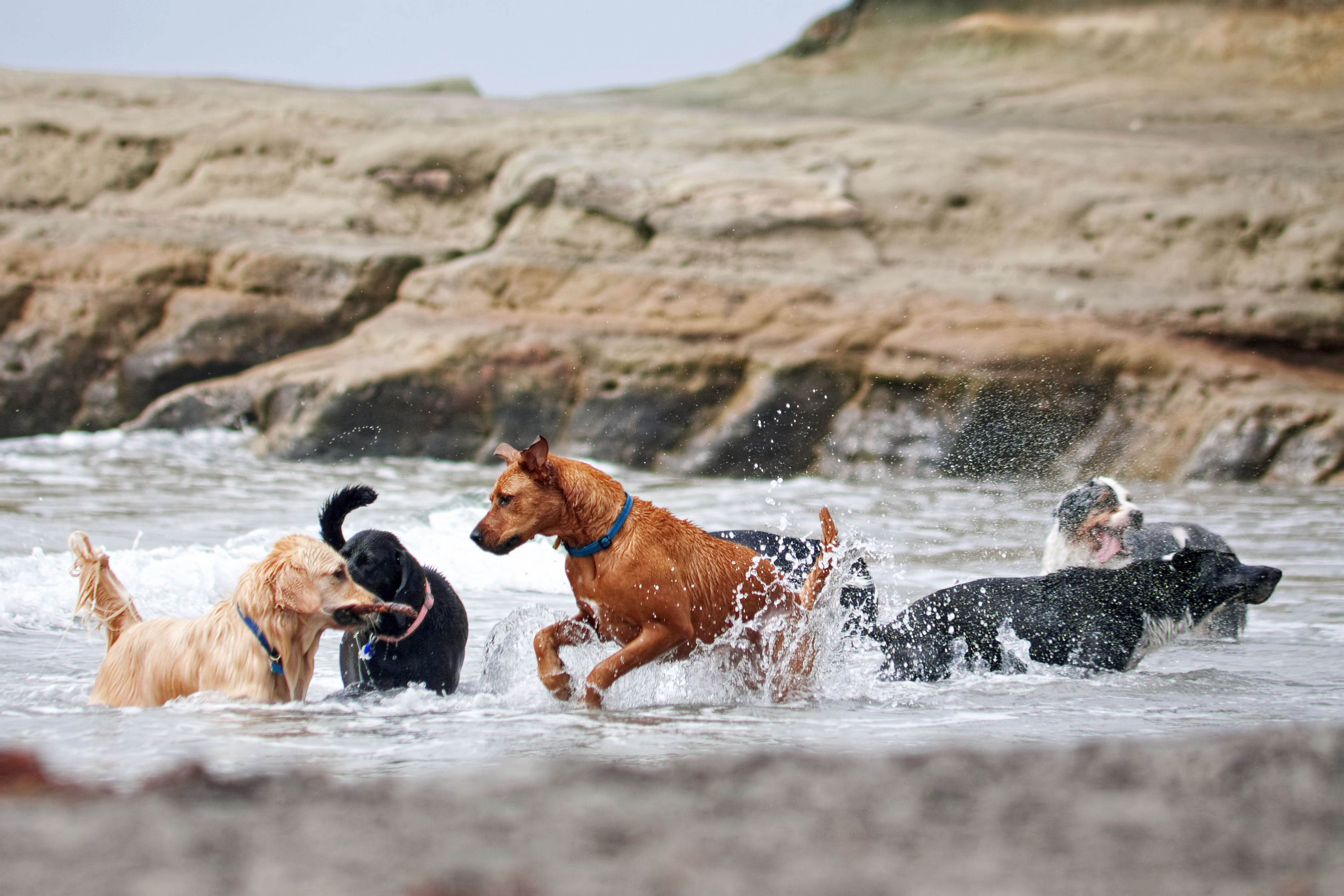10 Bizarre Animal Defense Mechanisms That Actually Work
In the vast and varied tapestry of life on Earth, survival often hinges on the ability to adapt and defend. From the dense jungles of the Amazon to the arid expanses of the Sahara, animals have evolved an astonishing array of defense mechanisms that ensure their survival against predators. These adaptations are not only fascinating but also critical to maintaining the delicate balance of ecosystems. In this article, we delve into the extraordinary world of animal defense mechanisms, focusing on 10 bizarre yet effective strategies that highlight nature's ingenuity. As we explore these unique adaptations, we will uncover how these mechanisms not only protect individual species but also contribute to the broader ecological narrative.
1. The Art of Camouflage: Nature’s Invisible Cloak
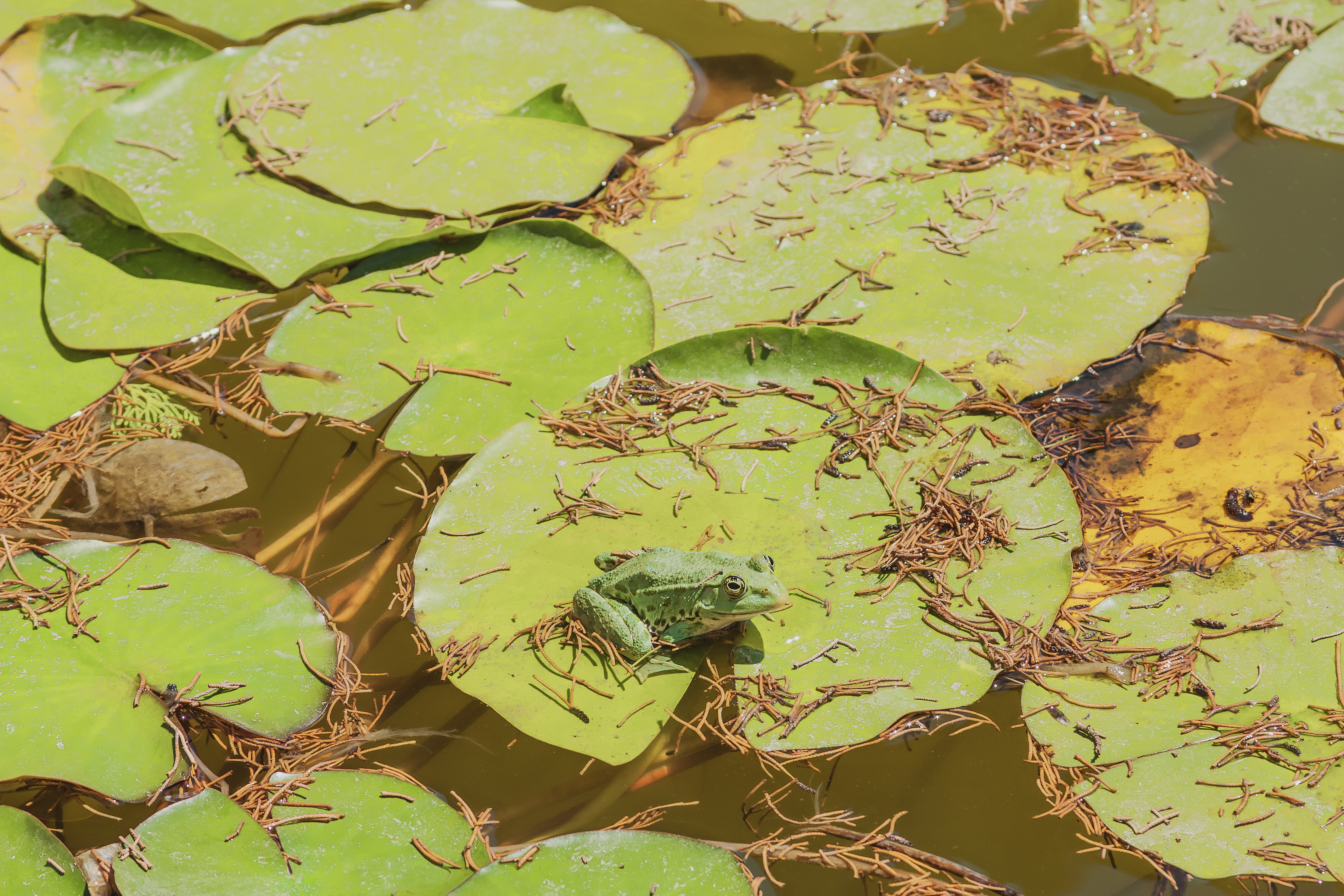
Camouflage is one of nature's most effective defense strategies, allowing animals to blend seamlessly into their environments. This ability to become nearly invisible to predators is a testament to the power of natural selection. From the cryptic coloration of the stick insect, which mimics twigs and branches, to the chameleon’s dynamic color changes, camouflage takes many forms. These adaptations are not just about avoiding detection; they are also about deception. By altering their appearance, animals can confuse predators, making it difficult to distinguish prey from the environment. This section explores how camouflage serves as a critical line of defense, examining the evolutionary pressures that have shaped this remarkable ability.
2. Chemical Warfare: The Power of Toxicity

In the battle for survival, some animals have developed the ability to produce or secrete toxic substances as a means of defense. These chemical weapons can deter predators or even incapacitate them. The poison dart frog, for example, carries potent toxins in its skin, a warning to potential threats. Similarly, the bombardier beetle can eject a boiling, noxious chemical spray from its abdomen, deterring would-be attackers. This section delves into the biochemical processes behind these toxic defenses, exploring how such adaptations have evolved and their role in predator-prey dynamics. We also consider the ecological implications of these chemical defenses, including their impact on food webs and biodiversity.
3. Mimicry: The Art of Deception

Mimicry is a fascinating defense mechanism where an animal evolves to resemble another organism or object. This evolutionary strategy can take several forms, such as Batesian mimicry, where a harmless species imitates the warning signals of a harmful one, or Müllerian mimicry, where two harmful species evolve to look alike, reinforcing their deterrent effect. The viceroy butterfly, for example, closely resembles the toxic monarch butterfly, thereby gaining protection from predators. This section examines the complexities of mimicry, exploring how these deceptive tactics evolve and their effectiveness in deterring predators. We also discuss the broader ecological implications of mimicry, including its role in shaping species interactions and community dynamics.
4. Armor and Shields: The Evolution of Physical Defenses

Physical defenses, such as shells, spines, and tough skin, give animals a formidable barrier against predators. These adaptations can be seen in various species, from the armadillo's protective shell to the hedgehog’s spiky armor. Such defenses not only offer physical protection but also serve as a deterrent, making potential predators think twice before attacking. This section explores the evolutionary history of physical defenses, examining how these structures have developed over time and their effectiveness in various ecological contexts. We also consider the trade-offs of these adaptations, such as the energy costs of developing and maintaining such defenses.
5. Startling Displays: The Power of Surprise
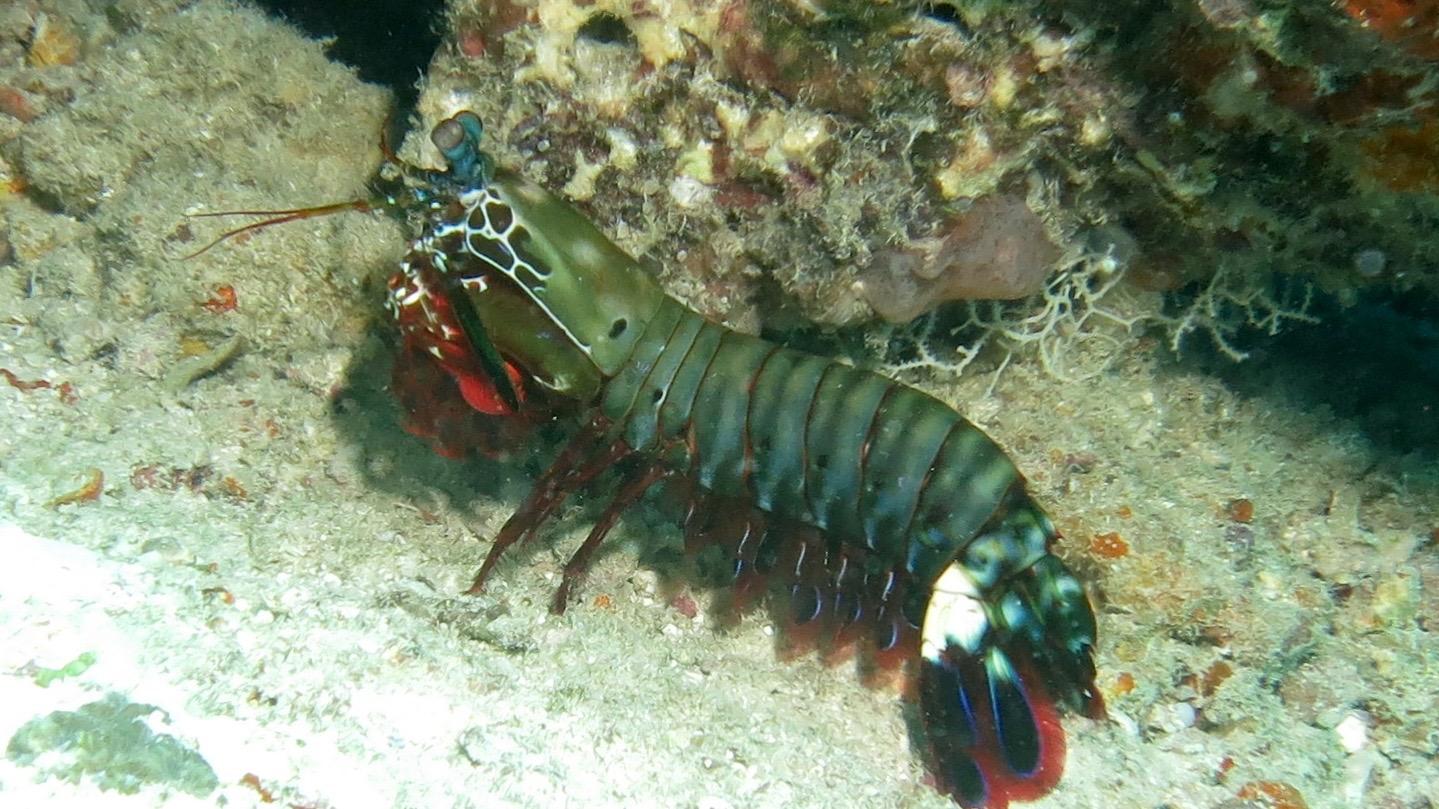
Some animals rely on startling displays to deter predators, using sudden movements, sounds, or visual signals to create confusion or fear. The peacock mantis shrimp, for example, can unleash a rapid, powerful strike with its claws, while the frill-necked lizard employs its dramatic neck frill to appear larger and more threatening. These displays are not just about intimidation; they can also provide a critical escape window. This section delves into the science behind startling displays, exploring how these behaviors have evolved and their effectiveness in predator-prey interactions. We also examine the role of these displays in communication and social interactions within species.
6. Autotomy: The Sacrifice for Survival
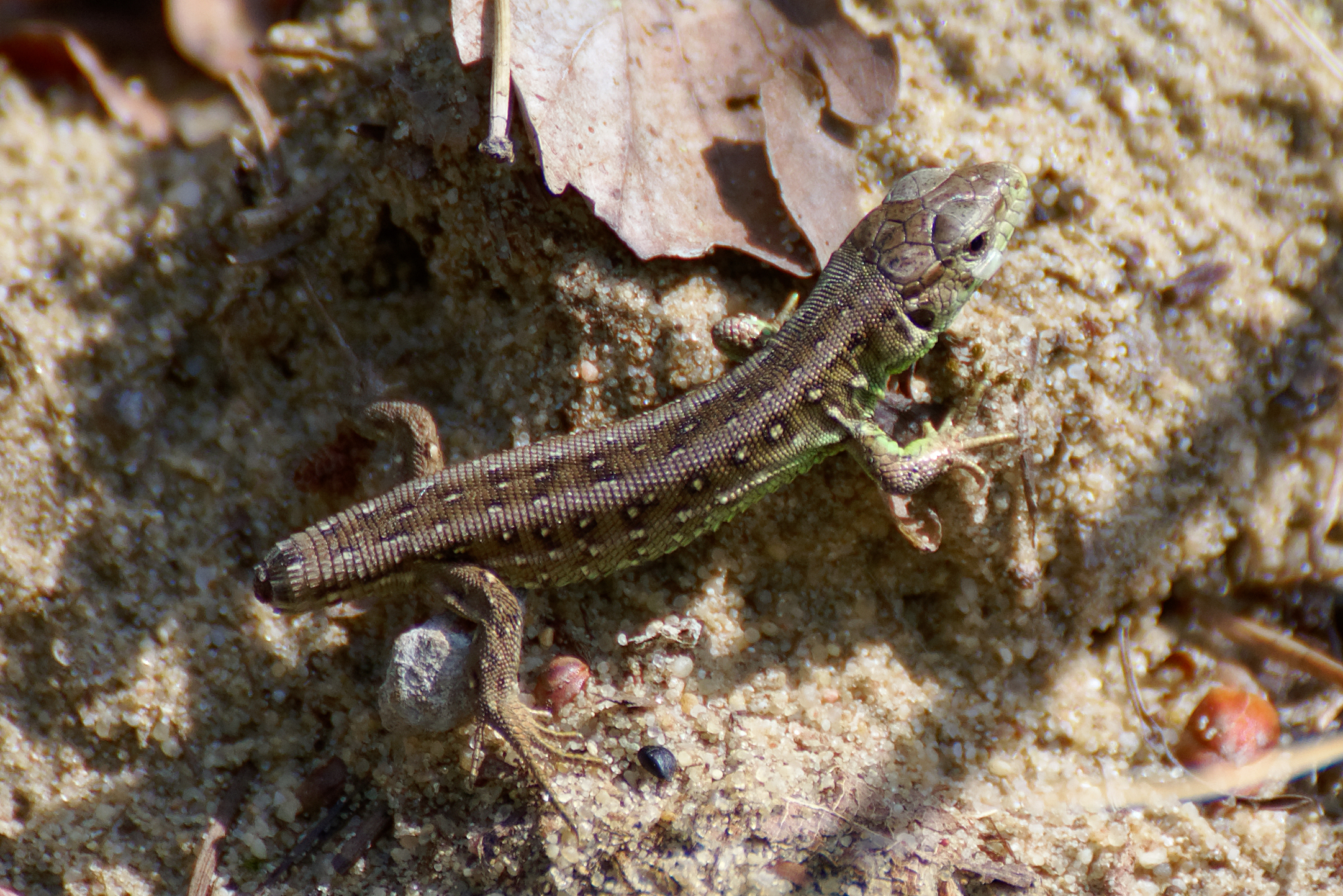
Autotomy, the ability to shed a body part to escape predation, is a remarkable survival strategy employed by various animals. Lizards, for example, can detach their tails when threatened, leaving behind a wriggling distraction while they escape. This ability to sacrifice a part of oneself for the greater good of survival is a testament to the lengths to which nature will go to ensure the continuation of life. This section explores the physiological mechanisms behind autotomy, examining how these adaptations have evolved and their effectiveness in avoiding predation. We also consider the costs and benefits of autotomy, including the energy required to regenerate lost body parts.
7. Acoustic Defenses: The Sound of Survival
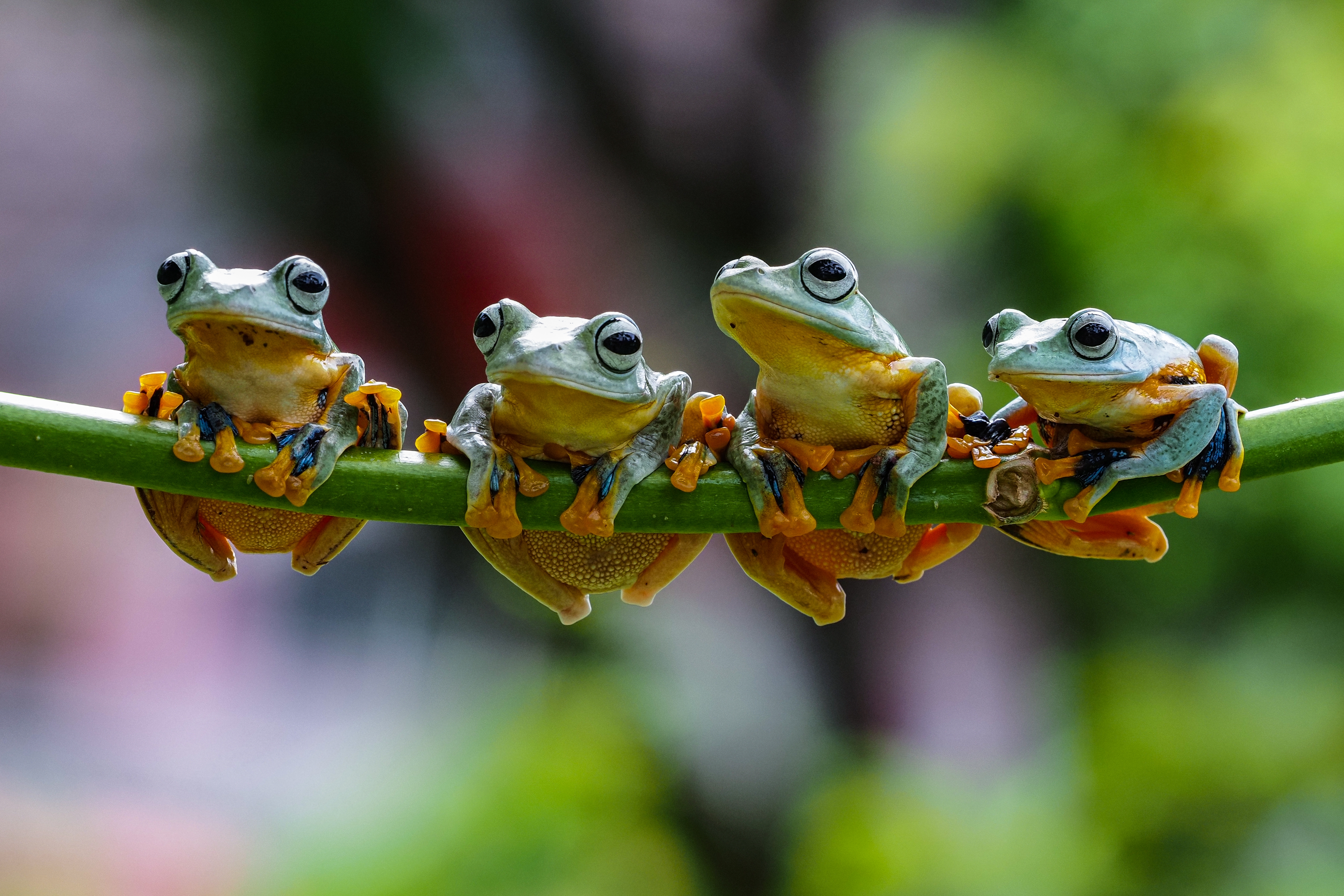
Sound can be a powerful tool in the animal kingdom, used not only for communication but also as a means of defense. Some animals produce loud or unusual noises to startle predators or signal distress. The North American porcupine, for example, emits a series of vocalizations when threatened, while certain species of frogs can produce high-pitched calls to deter predators. This section explores the role of acoustic defenses in the animal kingdom, examining how these sounds are produced and their effectiveness in deterring threats. We also consider the ecological implications of acoustic defenses, including their role in communication and social interactions within species.
8. Chemical Camouflage: The Scent of Safety
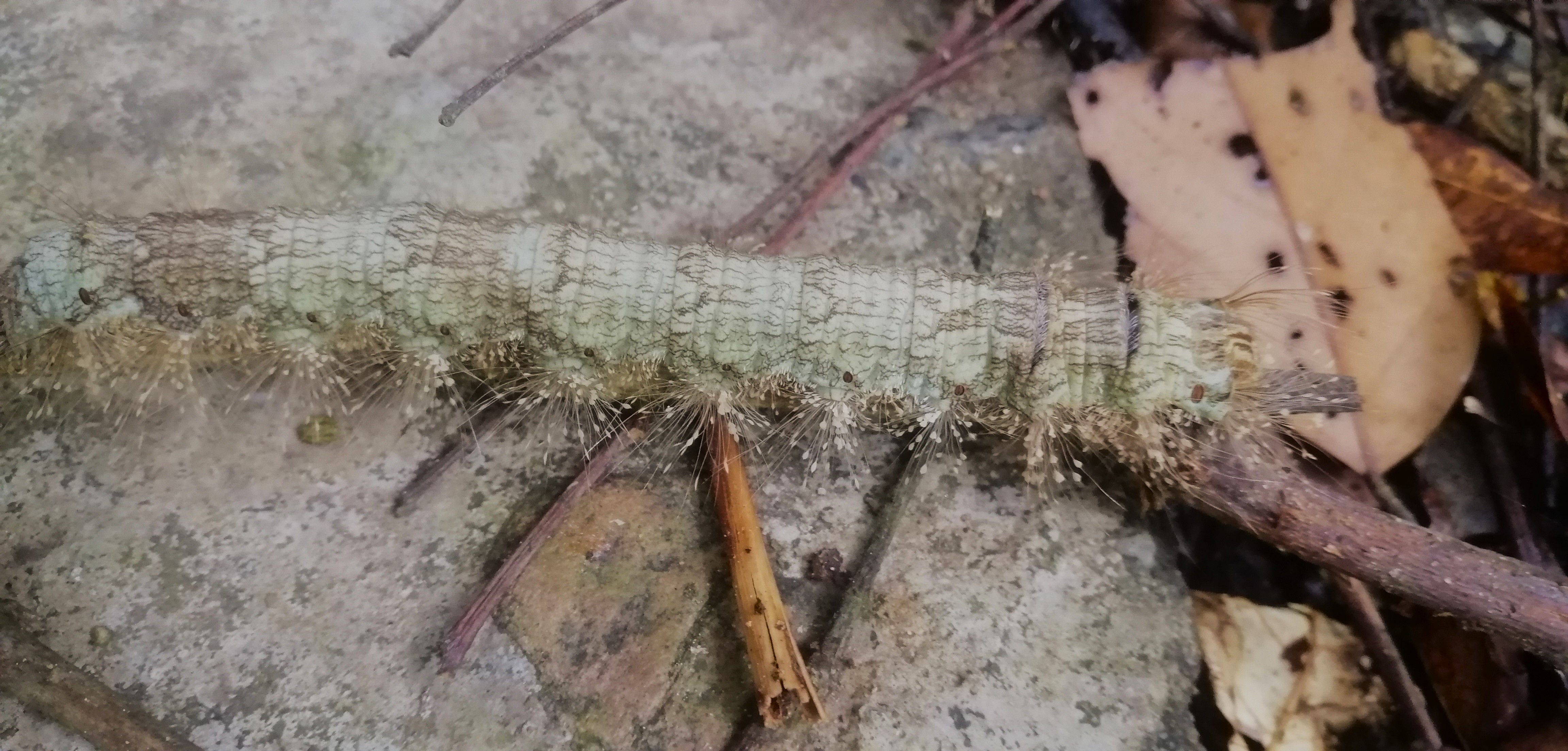
Chemical camouflage, or the ability to mask one's scent, is a lesser-known but highly effective defense mechanism. Some animals can alter their scent to avoid detection by predators, a strategy employed by certain species of insects and mammals. The African wild dog, for example, can roll in the feces of other animals to mask its scent, making it harder for predators to track. This section delves into the science behind chemical camouflage, exploring how these adaptations have evolved and their effectiveness in avoiding predation. We also consider the broader ecological implications of chemical camouflage, including its role in shaping predator-prey interactions and community dynamics.
9. Defensive Behavior: The Power of Group Living
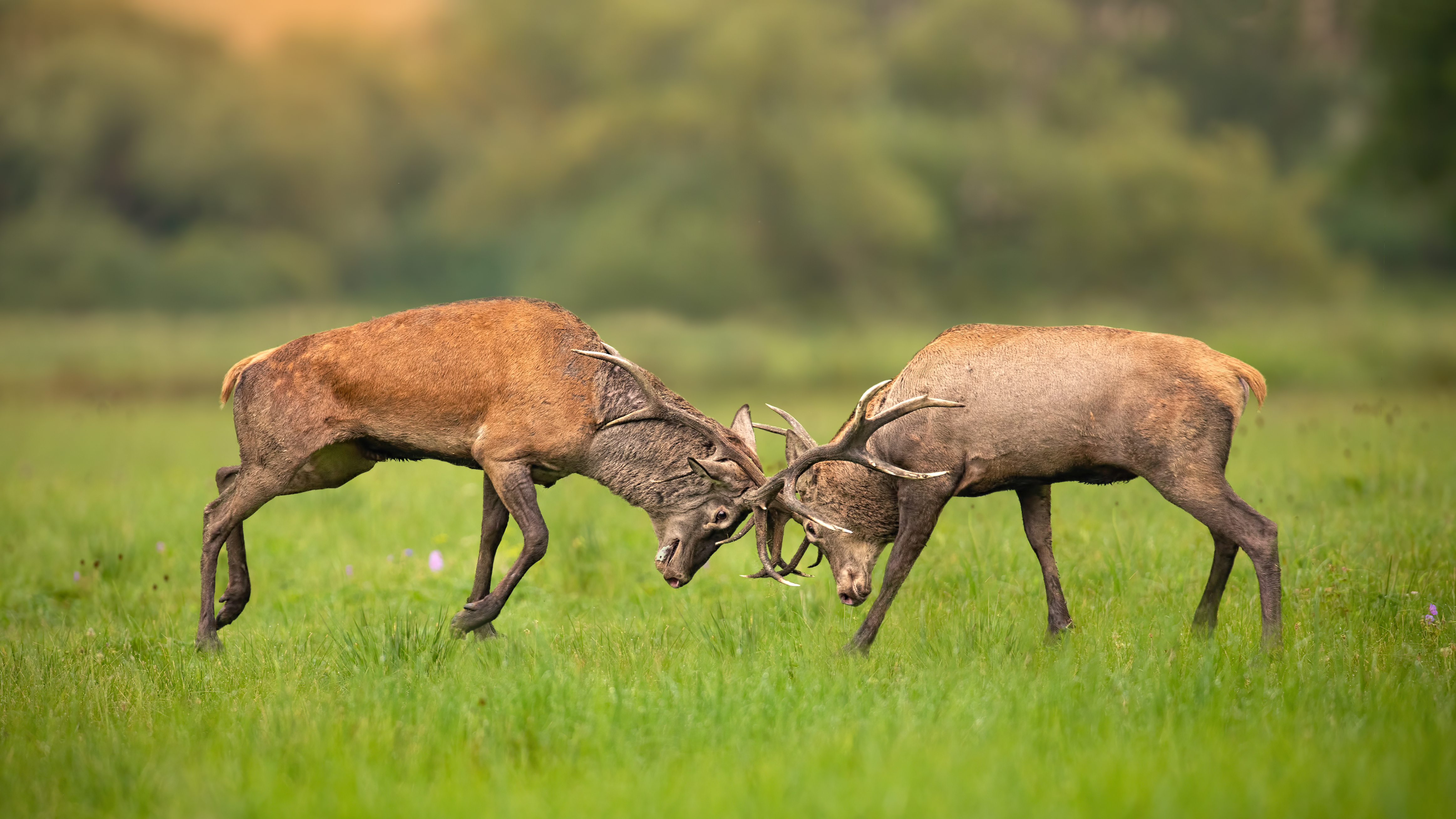
For many animals, living in groups provides a significant defense against predators. By banding together, individuals can reduce their predation risk, as there are more eyes to spot threats and more bodies to confuse predators. This strategy is employed by a wide range of species, from schools of fish to flocks of birds. This section explores the benefits and challenges of group living as a defense mechanism, examining how these social structures have evolved and their effectiveness in deterring predators. We also consider the ecological implications of group living, including its impact on species interactions and community dynamics.
10. The Role of Intelligence: Outsmarting Predators
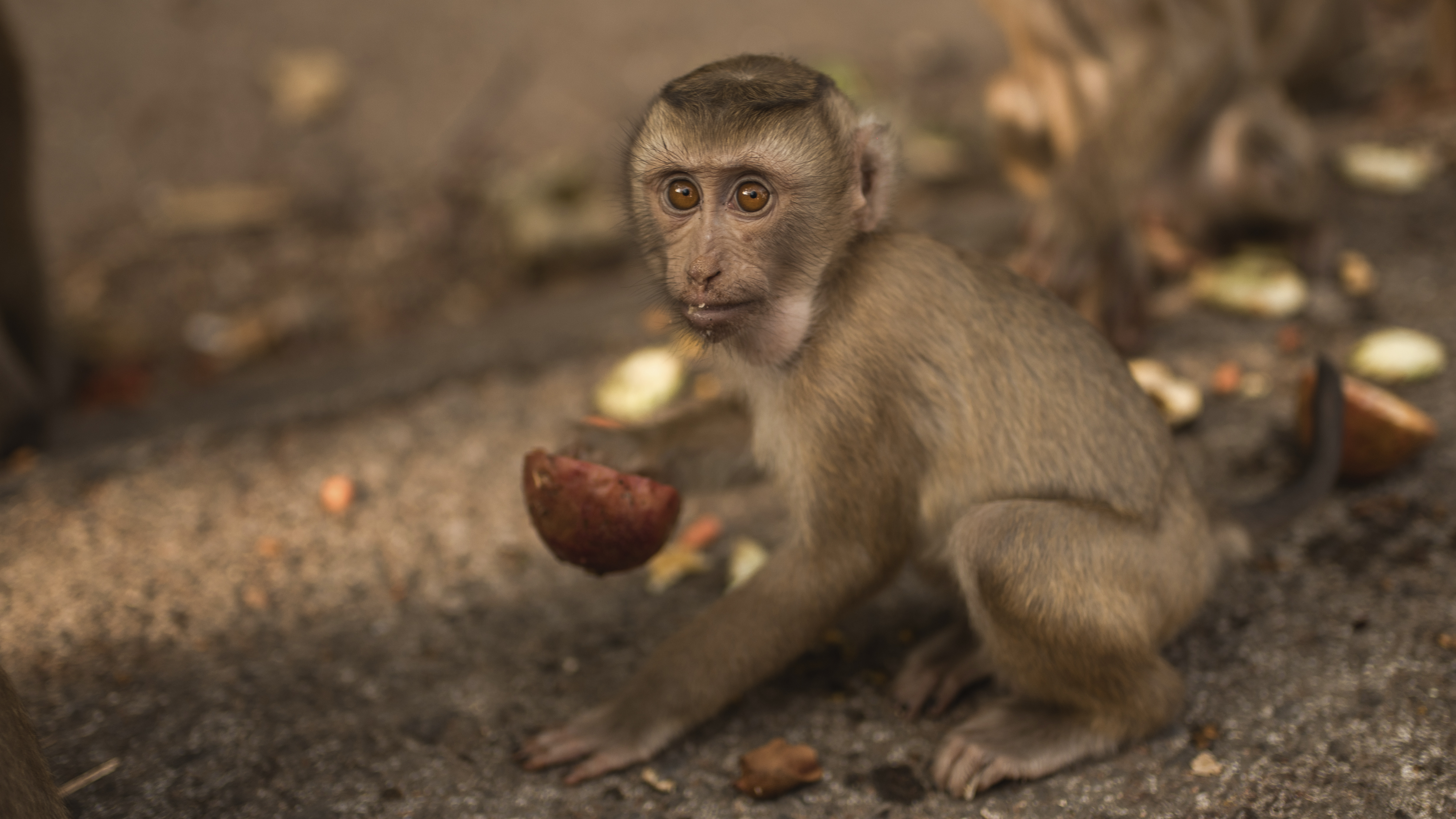
Intelligence can be a powerful defense mechanism, allowing animals to outsmart predators through problem-solving, communication, and strategic thinking. Some species, such as dolphins and primates, use their cognitive abilities to develop complex social structures and cooperative strategies that enhance survival. This section explores the role of intelligence in animal defense, examining how cognitive abilities have evolved and their effectiveness in avoiding predation. We also consider the broader ecological implications of intelligence, including its impact on species interactions and community dynamics.
As we have seen throughout this exploration, the natural world is replete with ingenious strategies for survival. From the art of deception to the power of intelligence, animals have evolved a diverse array of defense mechanisms that highlight the complexity and beauty of life on Earth. These adaptations not only ensure the survival of individual species but also contribute to the broader ecological narrative, shaping interactions and maintaining the balance of ecosystems. As we continue to study and appreciate these wonders of wildlife, we gain a deeper understanding of the interconnectedness of life and the remarkable resilience of nature.

